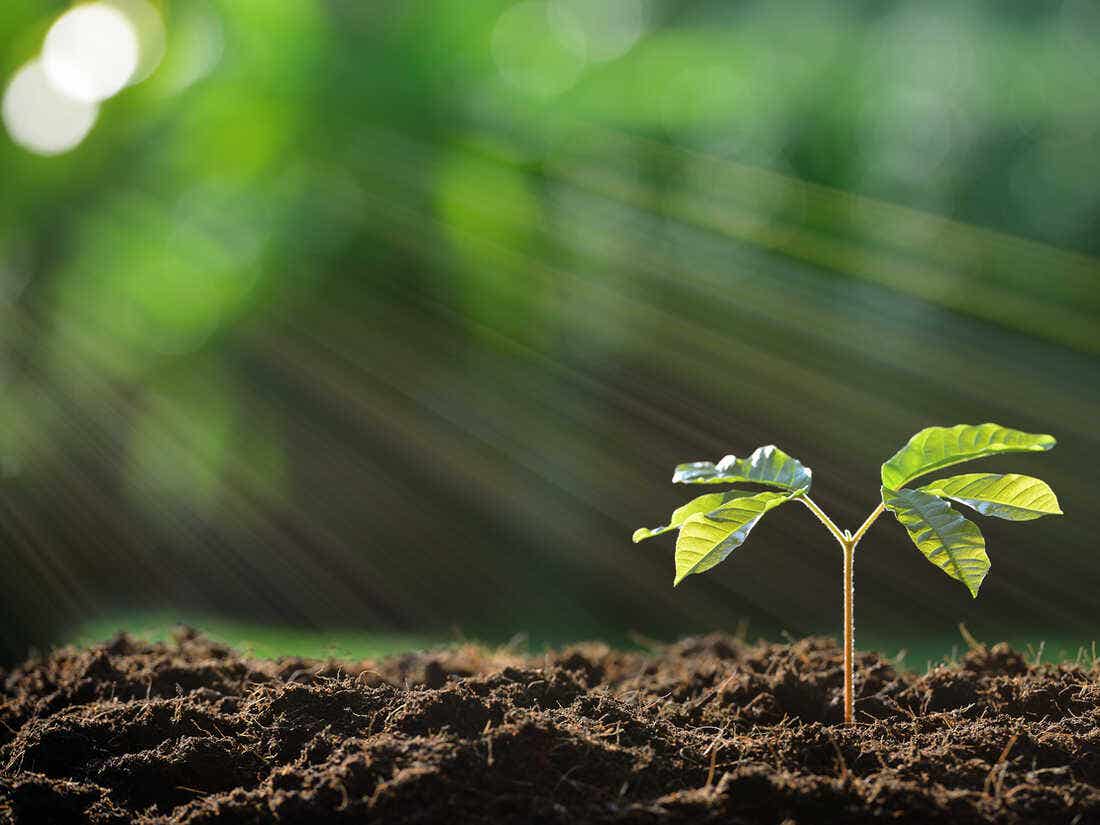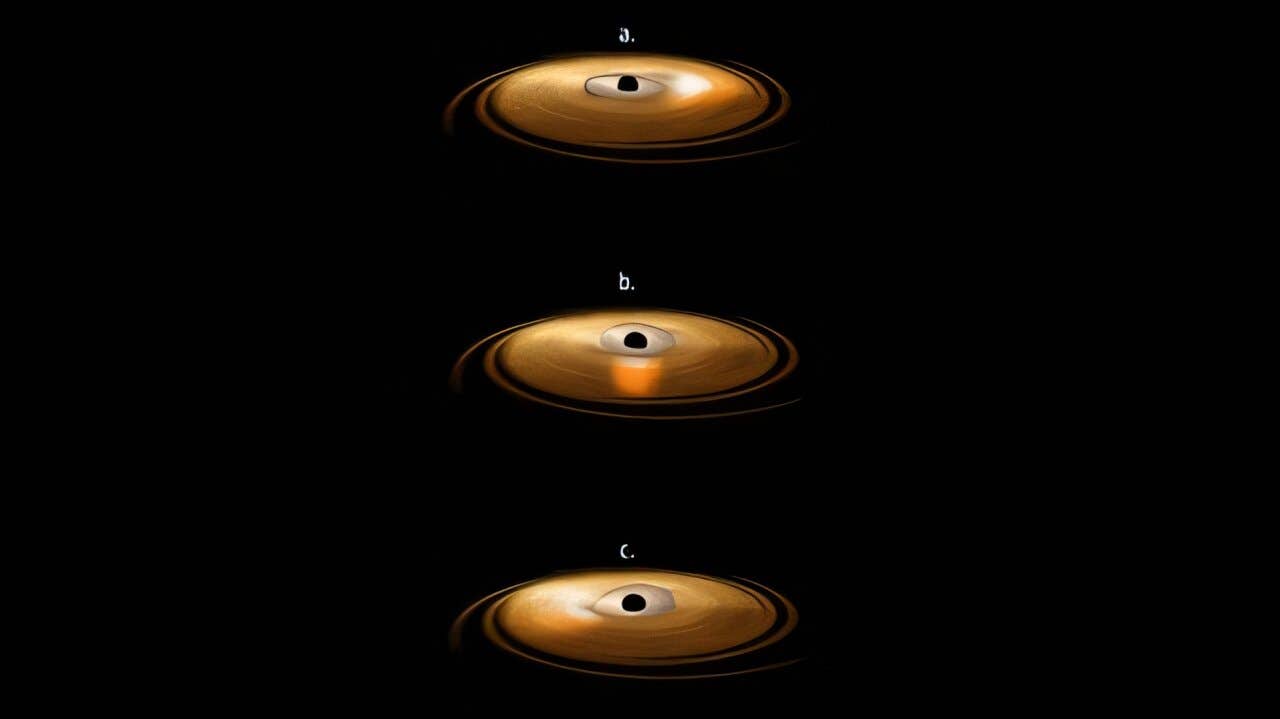Game-changing discovery taps into photosynthesis for renewable energy production
Photosynthesis is an incredibly complex and fundamental process that sustains life on Earth, enabling plants to convert light into energy.

[Apr. 6, 2023: JJ Shavit, The Brighter Side of News]
Photosynthesis is a fundamental process that sustains life on Earth, enabling plants to convert light into energy. (CREDIT: Creative Commons)
Photosynthesis is a fundamental process that sustains life on Earth, enabling plants to convert light into energy. Scientists have long been fascinated by this process and have tried to replicate it in various ways, such as using photovoltaic solar panels or developing biofuels from plant-based sources. However, the process of photosynthesis is incredibly complex, involving multiple steps and pathways, making it difficult to fully understand and replicate.
Recently, a team of researchers from the University of Cambridge's Cavendish Laboratory made a breakthrough discovery that could have major implications for the production of renewable energy and biofuels.
The team used a technique called ultrafast transient absorption spectroscopy to observe the process of photosynthesis at ultrafast timescales, enabling them to watch electrons as they move through the entire process. They discovered a previously unknown pathway of energy flow at the beginning of the process that could enable the extraction of an electrical charge at the best possible point in photosynthesis.
The implications of this discovery are significant. By harvesting the maximum amount of electrons from the process of photosynthesis, it could be possible to generate electricity for potential use in power grids and some types of batteries, as well as improve the development of biofuels.
Related Stories
The researchers found that the place in the cell where photosynthesis starts was "leaking" electrons, which could protect plants from the harmful parts of sunlight. The discovery of this new, leaky pathway could have major implications for the production of renewable biofuels, typically derived from plants or algae.
Biofuels can be carbon neutral because they both take up carbon dioxide when the plants are grown and release it back into the atmosphere when burned, versus fossil fuels that release carbon that's been stored deep in the Earth for eons. How much carbon biofuel adds or subtracts from the atmosphere depends on how the plants are grown and how the fuel is produced. This research could be used to develop more-efficient processes for creating biofuels.
"It's a completely new approach to biofuel production. We are gathering electrons from the most early and powerful points of photosynthesis and rerouting them there," research coordinator Jenny Zhang, also from Cambridge, said via email.
An illustration of electrons flowing inside plant cells during photosynthesis. (CREDIT: Tomi Baikie/Cambridge University)
The scientists found that by understanding the mechanisms of photosynthesis, they could use this knowledge to improve existing solar cell technology. "What makes photosynthesis really special is its near 100% efficiency in converting light to electrons," Tomi Baikie from the University of Cambridge's Cavendish Laboratory explained.
In addition to producing energy more efficiently, fine-tuning photosynthesis could also allow for the use of plants to better take up and store carbon dioxide, helping to fight human-caused climate change in the process.
Zhang imagines a future in which tapping into photosynthesis allows us to "farm our energy the way we farm our food" but doing so via organisms like cyanobacteria, which won't require competing with food production. In fact, she said, the new insights gleaned from this research could give crops a boost by making them more tolerant to intense sunlight.
The breakthrough promises to harness more of the incredible efficiency of photosynthesis when it comes to turning sunlight into energy. The researchers believe that the discovery of the new, leaky pathway could have major implications for the production of renewable biofuels, as well as provide insights to improve photovoltaic solar panels. The findings, reported in the journal Nature, could reduce greenhouse gasses in the atmosphere and help to fight climate change.
Exogenous electron mediator acts on the pico-second timescale in living cells. (CREDIT: Nature)
"We rely on plants for everything we eat and all the air that we breathe, and maybe we can also use their electrons too," Baikie said.
This discovery has the potential to revolutionize the way we produce energy, especially with the growing concern of climate change and the need to reduce greenhouse gas emissions. By harnessing the power of photosynthesis, researchers believe that it could be possible to create a sustainable source of energy that not only reduces carbon emissions but also helps to combat global warming.
"This is a significant breakthrough in the field of photosynthesis," said Dr. Rachel Smith, a researcher from the University of Manchester. "The ability to extract an electrical charge at the best possible point in photosynthesis could pave the way for the development of new technologies that could help us transition to a more sustainable future."
The potential applications of this research are vast. For example, it could lead to the development of bio-photoelectrochemical cells that harness the power of photosynthesis to generate electricity. This technology could be used to power homes, businesses, and even entire cities. The process could also be used to create biofuels that are carbon neutral, further reducing our carbon footprint.
The research team is optimistic about the future of this technology. "We believe that this breakthrough could be a game-changer in the field of renewable energy," said Tomi Baikie, one of the researchers involved in the study. "By understanding the mechanisms of photosynthesis, we can use this knowledge to inspire us to improve existing solar cell technology."
While there is still much research to be done, the potential for this technology is enormous. It could help us to reduce our dependence on fossil fuels and move towards a more sustainable future. As Dr. Smith points out, "The implications of this breakthrough are enormous. It could change the way we think about energy production and help us to create a more sustainable future for generations to come."
Note: Materials provided above by the The Brighter Side of News. Content may be edited for style and length.
Like these kind of feel good stories? Get the Brighter Side of News' newsletter.



